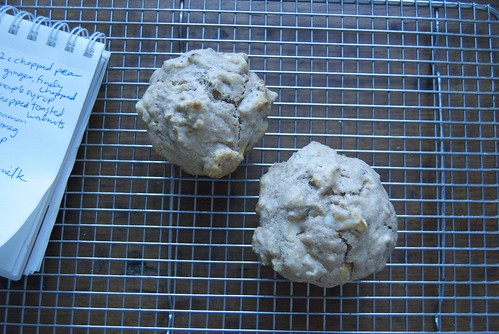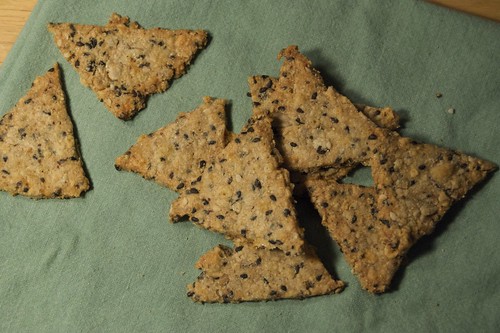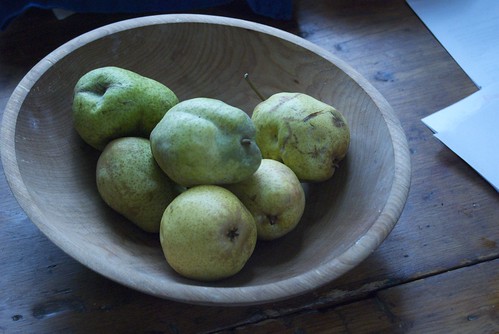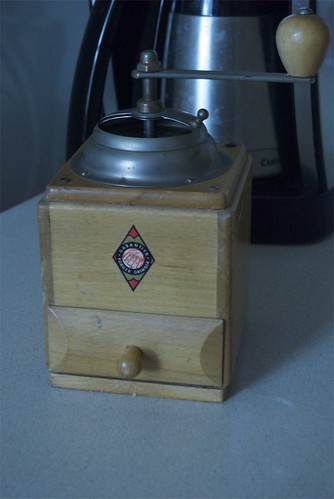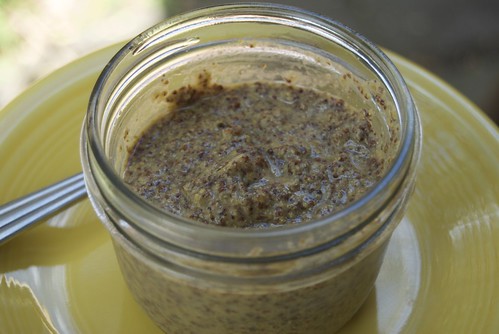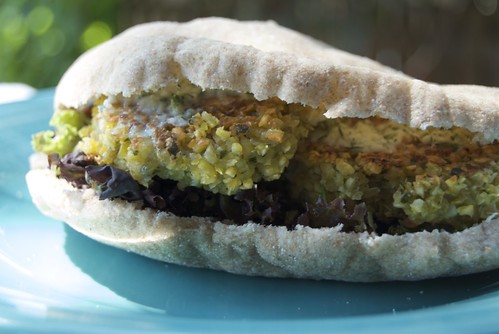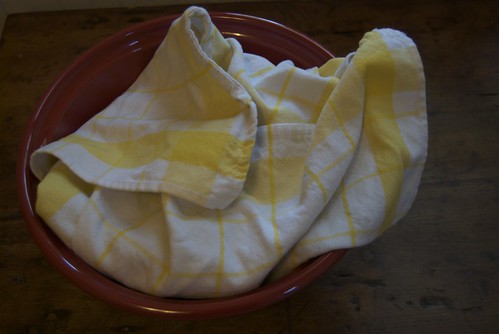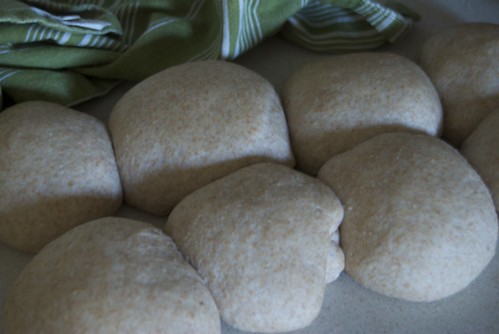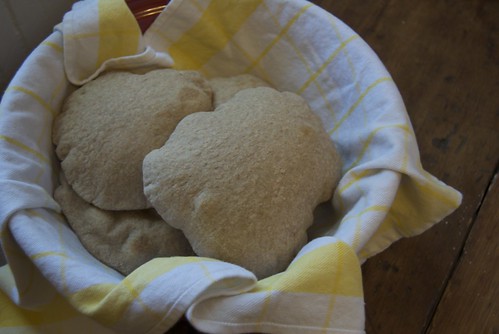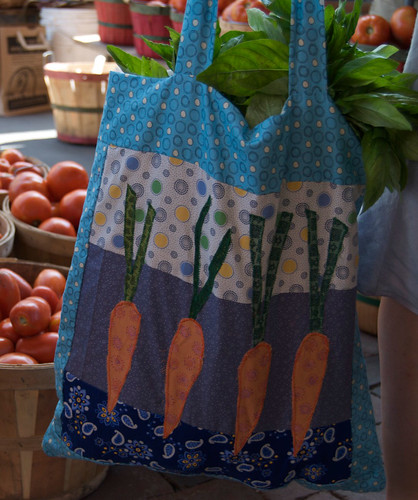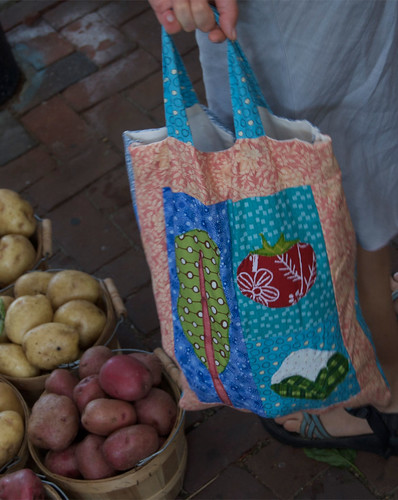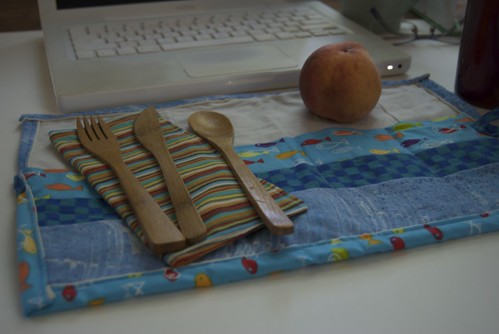Making it myself is a big part of how I interact with the world. I don't want to just be an observer and consumer. I can't help it, I am a maker and creator. By making something I am putting a bit of myself into the world and starting a sort of give and take, a dialogue between being an observer and creator. It is also really important to me to be able to rely on my own hard work and creativity. I know that I won't need to buy any salsa this year, since we have plenty that I canned in our cupboard. That is so satisfying.
I am curious and I think I often want to know what it is like to make something, whether it is a batch of homemade croissants or a skirt to wear this weekend, I want to know and understand the process. I also like to see if I can actually succeed at making something
I like a challenge. I'm not a really competitive person, but I like to think that I can make something that I need that will (ideally) be just the way I want it. I was working on a little project last night and I realized that everything I am making for Seedling Design has come from something that I wanted to make for myself. I love making things that are just right for what I need and now I am so excited to be able to share these since, I suspect, they will be just right for many other people to. It reminds me of what my Mom has always said about gift giving, that you should always give something that you would like to receive. I am thrilled to be making a small business sharing the things that I love.
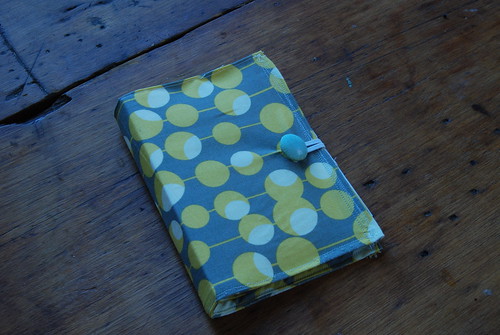
My latest creation makes me wonder, though. I made a little book, almost like a planner, because I sometimes need to jot things down when I am on the go. I usually keep dates and to do lists in my head, but I am hoping I can declutter my brain a bit by having somewhere else to write them. I wanted something nice looking and handy. I love it, but I realize that Apple may have cornered this market with the ubiquitous iphone. I have a cell phone, but its not smart or anything and I'm fine with that. So, I've made the low tech, no batteries needed, perfect place to jot notes, to do lists or numbers. It may not be the thing everyone else needs, but it fits in perfectly with why I DIY.

I don't want or need anything high tech, I'm happy with what I can make myself.
I would love to know why you make things yourself, please share in the comments and check out Tara's post, too!


